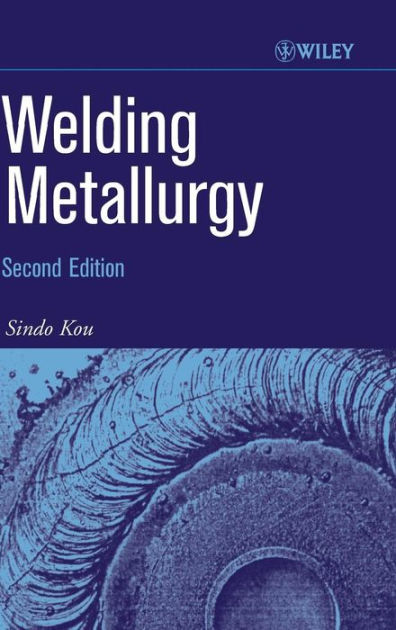Description
Manufacturing is derived from the Latin word manufactus, means made by hand.Manufacturing Engineering is a branch of professional engineering concerned with the understanding and application of Engineering Procedures in Manufacturing Processes and Production Methods.In modern context it involves making products from raw material by using various processes, by making
use of hand tools, machinery or even computers networks, robots, machine tools, and materials-handling equipment.
It is therefore a study of the processes required to make parts and to assemble them in machines. Process Engineering, in its application to engineering industries, shows how the different problems related to development of various machines may be solved by a study of physical, chemical and other laws governing the manufacturing process. The study of manufacturing reveals those parameters which can be most efficiently being influenced to increase production and raise its accuracy.
Advance manufacturing engineering involves the following concepts :-
Process planning.
Process sheets.
Route sheets.
Tooling.
Cutting tools, machine tools (traditional, numerical control (NC), and computerized numerical control (CNC).
Content:-use of hand tools, machinery or even computers networks, robots, machine tools, and materials-handling equipment.
It is therefore a study of the processes required to make parts and to assemble them in machines. Process Engineering, in its application to engineering industries, shows how the different problems related to development of various machines may be solved by a study of physical, chemical and other laws governing the manufacturing process. The study of manufacturing reveals those parameters which can be most efficiently being influenced to increase production and raise its accuracy.
Advance manufacturing engineering involves the following concepts :-
Process planning.
Process sheets.
Route sheets.
Tooling.
Cutting tools, machine tools (traditional, numerical control (NC), and computerized numerical control (CNC).
Module 1: Classification of Metal Removal Processes and Machine tools
Lesson 1: Introduction to Manufacturing and Machining
Lesson 2: Basic working principle, configuration, specification and classification of machine tools
Module 2: Mechanics of Machining (Metal Cutting)
Lesson 3: Geometry of single point cutting tools
Lesson 4: Conversion of tool angles from one system to another
Lesson 5: Mechanism of chip formation
Lesson 6: Orthogonal and oblique cutting
Lesson 7: Use of chip breaker in machining
Lesson 8: Machining forces and Merchant’s Circle Diagram (MCD)
Lesson 9: Analytical and Experimental determination of cutting forces
Lesson 10: Dynamometers for measuring cutting forces
Lesson 11: Cutting temperature –causes, effects, assessment and control
Lesson 12: Control of cutting temperature and cutting fluid application
Module 3: Machinability
Lesson 13: Concept of Machinability and its Improvement
Lesson 14: Failure of cutting tools and tool life
Lesson 15: Cutting Tool Materials of common use
Lesson 16: Advanced Cutting Tool Materials
Module 4: General Purpose Machine Tools
Lesson 17: Kinematic systems and operations of lathes
Lesson 18: Kinematic system and operations of drilling machines
Lesson 19: Kinematic system and operations of milling machines.
Lesson 20: Construction, working principle and applications of shaping, planing and slotting machines.
Lesson 21: Methods of mounting of jobs and cutting tools in machine tools.
Lesson 22: Use of various Attachments in Machine Tools.
Lesson 23: Construction, Operation and Tool layout in Semiautomatic and Automatic lathes.
Lesson 24: Forces developing and acting in machine tools
Lesson 25: Estimation of machining time
Lesson 26: Broaching – Principles, Systems and Applications
Module 5: Abrasive Processes (Grinding)
Lesson 27: Basic principle, purpose and application of grinding
Lesson 28: Selection of wheels and their conditioning
Lesson 29: Classification of grinding machines and their uses
Module 6: Superfinishing processes
Lesson 30: Superfinishing processes, Honing, Lapping and Superfinishing
Module 7: Screw threads and gear manufacturing methods
Lesson 32: Manufacturing of Gears.
Module 8: Jigs and Fixtures for Machine shops
Lesson 33: Purposes of jigs and fixtures and their Design principles
Lesson 34: Design and Application of typical jigs and fixtures
Module 9: Non-conventional machining
Lesson 35: Introduction and Abrasive Jet Machining
Lesson 36: Ultrasonic Machining (USM)
Lesson 37: Water Jet and Abrasive Water Jet Machining
Lesson 38: Electro Chemical Machining
Lesson 39: Electro Discharge Machining
Lesson 40: Electron Beam and Laser Beam Machining
You May Also Like:-






No comments:
Post a Comment